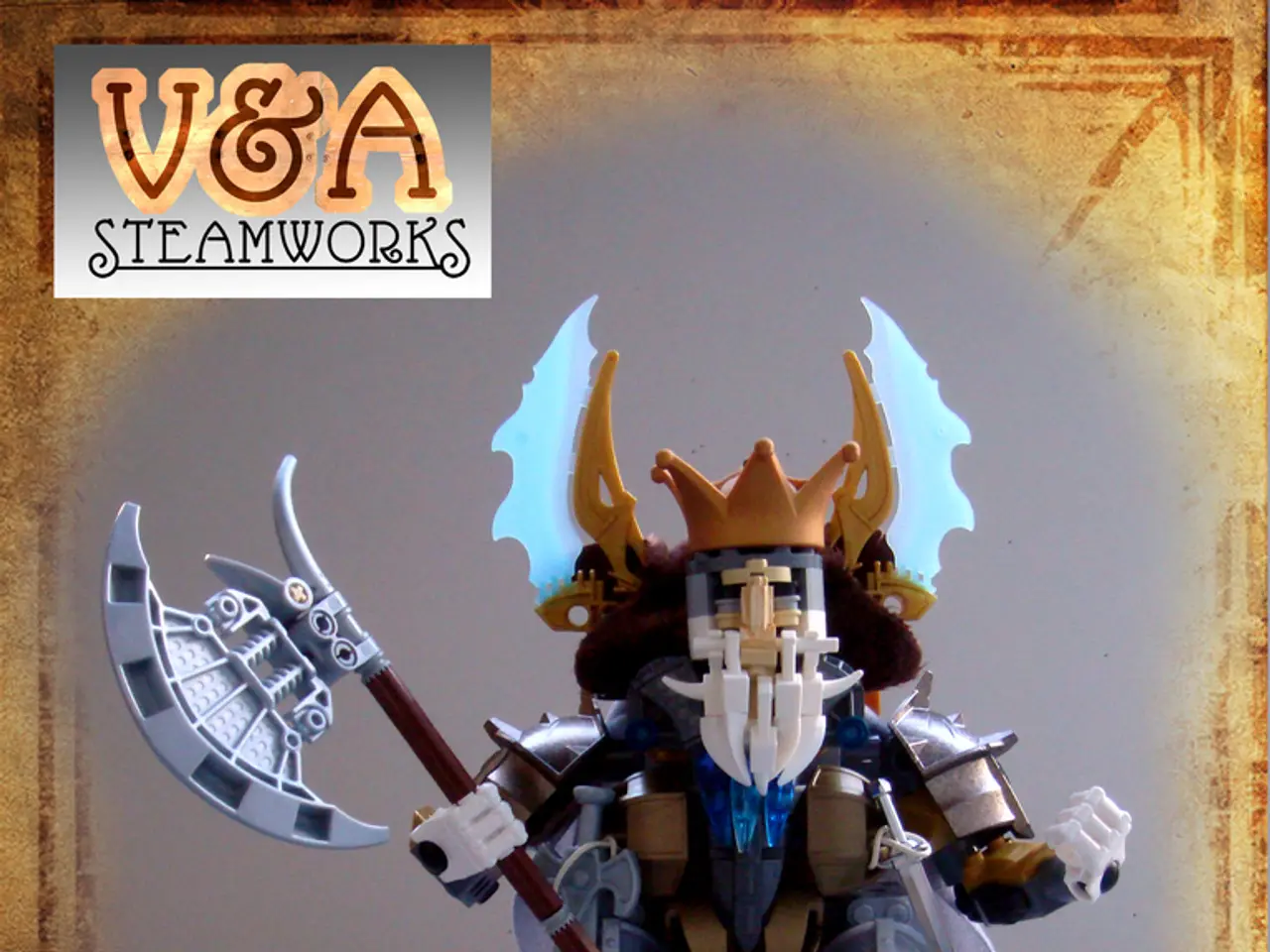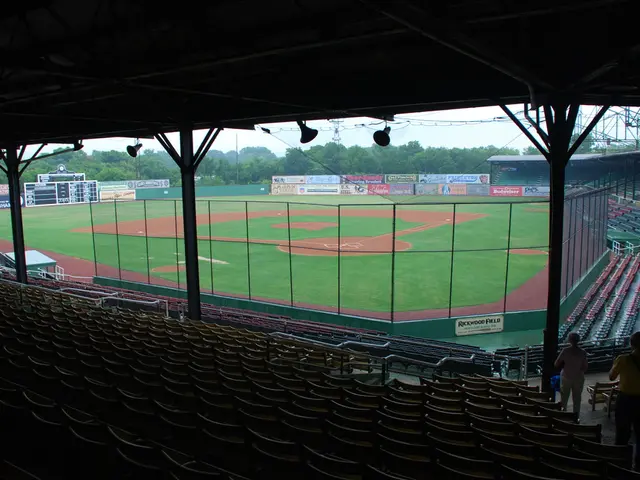Hiroshima's Ineluctable Visual History
=======================================================================
In the heart of London, at Piccadilly Circus, a haunting digital diptych has been unveiled, serving as a poignant commemoration of the 80th anniversary of the atomic bombing of Hiroshima. Titled "I Saw the World End," the digital art piece is the brainchild of Es Devlin and Machiko Weston, commissioned by the Imperial War Museum.
"I Saw the World End" is a meditative reflection on the scale of devastation and loss caused by nuclear war. It uses an accumulation of archival footage, eyewitness accounts, poetry, sound, and new animation to present a contemplative narrative. Unlike traditional imagery of mushroom clouds or narrative film, it employs flickering white text on black screens, inviting audiences to read together and engage in a collective act of memory and reflection.
The piece condenses the destruction of Hiroshima and Nagasaki into a precise ten-second timeline, emphasizing how quickly and permanently the nature of war and humanity’s destructive capacity was altered by the bombings. This timeline serves as a stark reminder of the rapid devastation that nuclear war can bring.
"I Saw the World End" fuses British and Japanese cultural perspectives, highlighting not only the physical and immediate impacts but also the generational trauma and mythological legacy passed down. It confronts viewers with the persistent specter of nuclear annihilation and the fragility of peace.
The significance of "I Saw the World End" lies in its role as more than a historical display. It functions as a poignant meditation on memory, trauma, and the cultural legacy of nuclear warfare while challenging political amnesia and urging ongoing reflection about the consequences of conflict. Presented on Europe’s largest LED screen at Piccadilly Circus and inside the Imperial War Museum in London, where it created a "space of reflection," the piece combines art and history to ensure the remembrance of one of the most devastating moments in modern warfare.
Each screen of the digital diptych shows a different perspective: Western creators and builders of the atomic bomb (curated by Devlin) and Japanese victims, witnesses, and survivors (curated by Weston). The physical impact is traced from a millionth of a second to 10 seconds, while the mythological impact is traced from the perspectives of British and Japanese cultural traditions, from grandparents to the artists' generation.
"I Saw the World End" is a monumental digital art production, lasting for 10 minutes. It depicts the immediate death of over 100,000 people in Hiroshima and Nagasaki, serving as a stark reminder of the human cost of nuclear war. Thousands more were fatally injured or victims of radiation effects.
The artists, Ed Devlin and Machiko Weston, created the art piece to honor the memory of the atomic bombing of Hiroshima. Projected onto a giant screen at Piccadilly Circus, "I Saw the World End" is a testament to the power of art in fostering reflection, remembrance, and understanding.
Read also:
- Court petitions to reverse established decision on same-sex marriage legalization
- Commemoration of 200 Days of American Resurgence Unveiled
- Minister Bärbel Bas expresses doubts about her tenure as a minister following a recent interview during the summer.
- Politicians from both Republican and Democratic parties are urging President Trump to maintain the security agreement with Australia and the United Kingdom.








